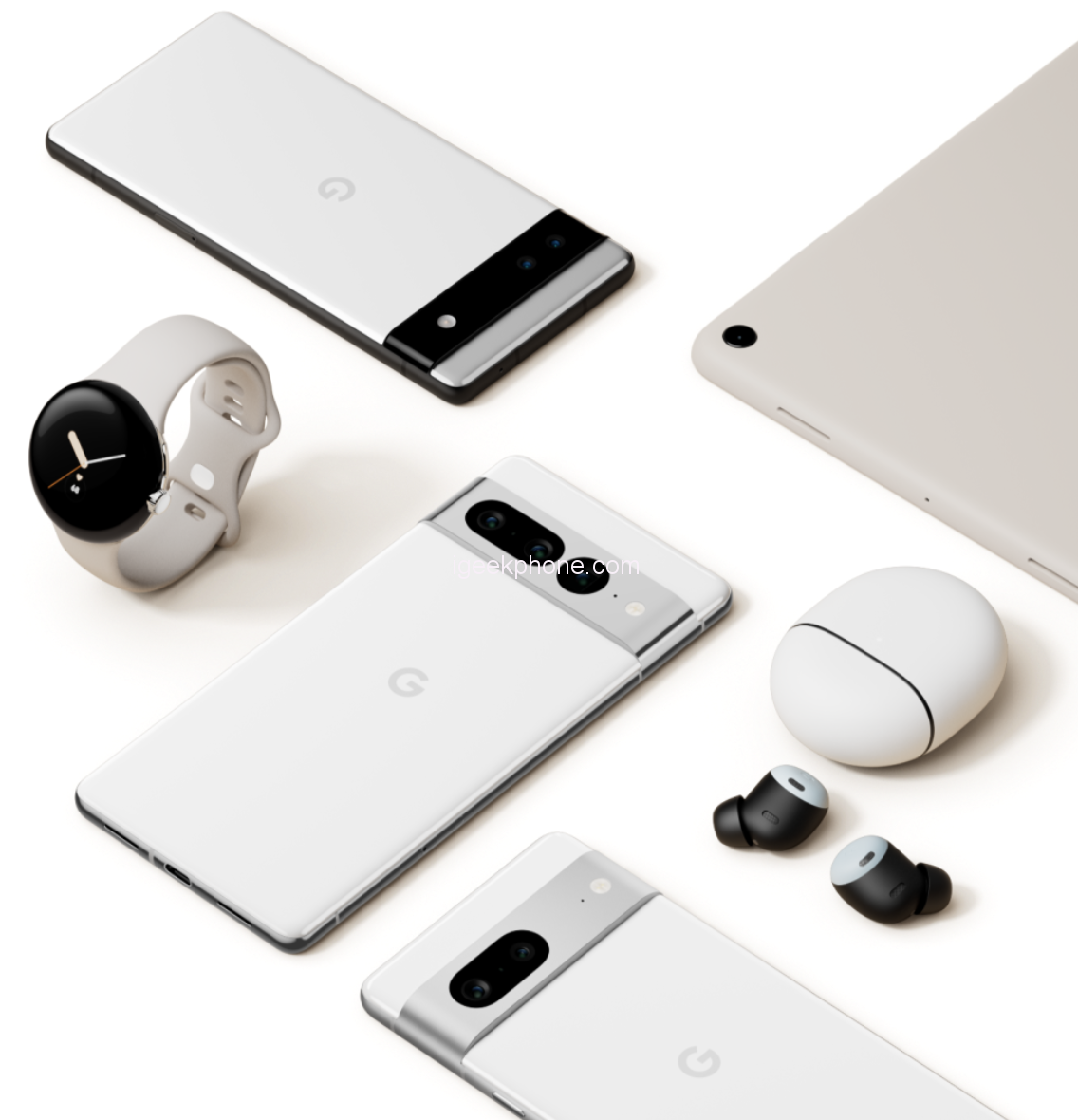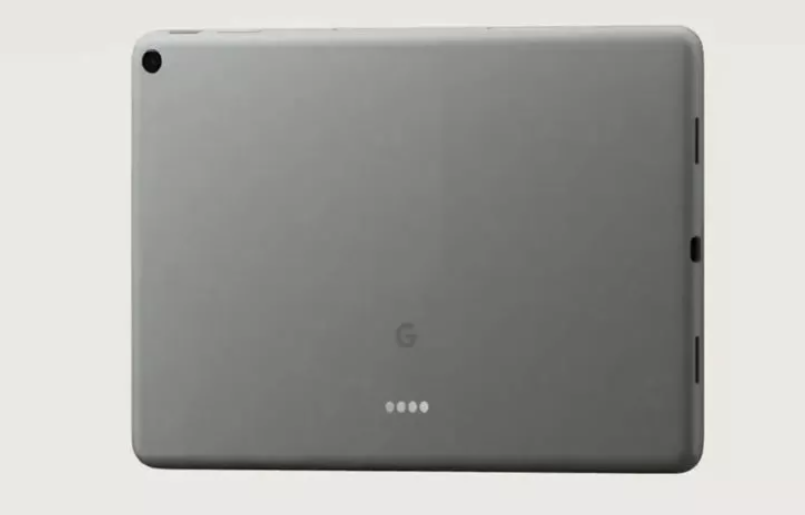Google has previously announced that it will release its Pixel tablet in 2023 and that it will have a Google Tensor chip like a phone. Today, sources have more information about Google’s Pixel tablet.
![]()
According to 91Mobiles, developer Kuba Wojciechowski said that the Google Pixel tablet has entered the EVT (engineering Verification) phase, which means that the Google Pixel tablet has completed the prototype phase and the product’s appearance and hardware configuration should already be determined. After engineering validation, Google’s next step could be to start mass production of the Pixel tablet.
According to Kuba Wojciechowski, the Pixel tablet will be available in 128GB and 256GB storage, with a 10.95-inch screen and WI-FI6 wireless network. At the same time, he noted that the Google Pixel tablet will support a USI stylus.

As IGeekphone previously reported, a Google tablet, codenamed Tangor, appeared on USI’s website in May. This list confirms that the relevant tablet is USI certified and complies with the USI Stylus and device specifications. USI is an organization that maintains standard specifications for interoperable styluses, ensuring that styluses work on a variety of touchscreen devices, including smartphones, tablets, and PCS. Google has been a member of USI since 2018 and has already added support for USI in Chrome OS.

The developer previously revealed that the Google Pixel tablet will feature two 8-megapixel SONY IMX355 sensors, one front and one back, and will not support 4K recording, slow motion and other features.
Also, the Pixel doesn’t have proximity sensors or barometer sensors, which means it’s suitable for use at home rather than on the road. The code also reveals that the Pixel tablet will use a development board called Citron, which means it will have the first Tensor chips.
Read Also: Zeblaze GTR Smartwatch in Just €27.91 @Cafago Flash Sale (Free Shipping)
As reported by 9to5Google in June, the Google Pixel tablet will have several metal contacts on the back, allowing users to place the tablet on a dedicated Dock called Google Dock for better use at home.









